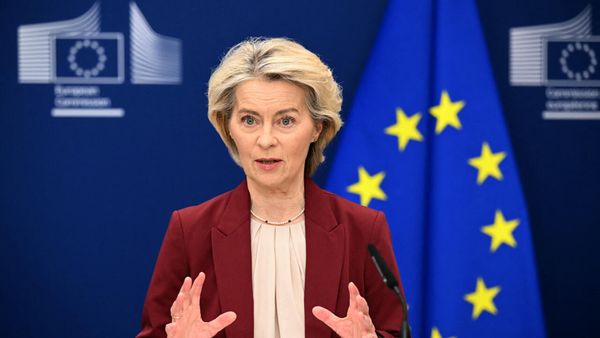
Peter Green, who has died aged 89, was a printmaker and pioneer of design education. Despite leaving school aged 15 without any formal qualifications, Peter received recognition across two distinguished careers, being elected as an associate of the Royal Society of Painter-Printmakers in 1958 and appointed OBE for services to art and art education in 1988.
Peter joined the army printing unit during his national service in 1953. There he learned the skills of his trade alongside colleagues who had mostly undergone seven-year apprenticeships. At the end of the second world war he enrolled at Brighton College of Art, where he completed his art teacher’s certificate. From 1957, he worked at Ockendon Courts secondary school in Essex, while living in Upminster, east London, before being appointed senior lecturer at Hornsey College of Art in north London, which in 1972 became part of Middlesex Polytechnic (now Middlesex University London).

While teaching at Hornsey, he and Maurice de Sausmarez developed a philosophy of “basic design”, which informed the work with their students and Peter’s great passion, a regular Saturday morning art class for more than 200 children a week. His books on design and printmaking remained influential in art education for many decades. Peter’s educational career led to senior roles, including dean of the faculty of art and design and professor of art and design at Middlesex Polytechnic, until he retired in 1991.
Peter’s own practice transformed alongside his teaching as he moved from editioning small wood engravings at the kitchen table to wanting to show students “that you could print enormous things without a press”. His work became more abstracted, influenced by his involvement in design education and knowledge of European modernism, including the Bauhaus movement.
In 1978 he met Linda Smith at Middlesex, and they married in 2000. She became a collaborator who would co-sign editions. Unusually, it is Peter’s late work that is most highly sought after. In these, he brought together his early interest in the neoromantic work of artists such as John Craxton and Graham Sutherland with his knowledge of European modernism and design.

From 2010, Peter’s acclaimed late works were exhibited across the UK, at the Scottish Gallery in Edinburgh, Towner Eastbourne, Yorkshire Sculpture Park and Bankside Gallery in London. I met him in 2014 when curating an exhibition that included his work. His prints are also included in the collections of the V&A Museum in London and the National Museum of Wales in Cardiff.
Born in Hove, East Sussex, to Ivy (nee Hall), a clerk bookkeeper, and George Green, a church verger, Peter attended several secondary schools in east London owing to being evacuated and his family moving around during the war years.
Apart from a 10-year period from 2002 when Peter and Linda lived in a house called Goose Barn, near Stamford, Lincolnshire, where they had a studio, Peter spent his life in London, returning to live in St John’s Wood in 2012.
Peter is survived by Linda, his son, Simon, and his granddaughter, Maya.







